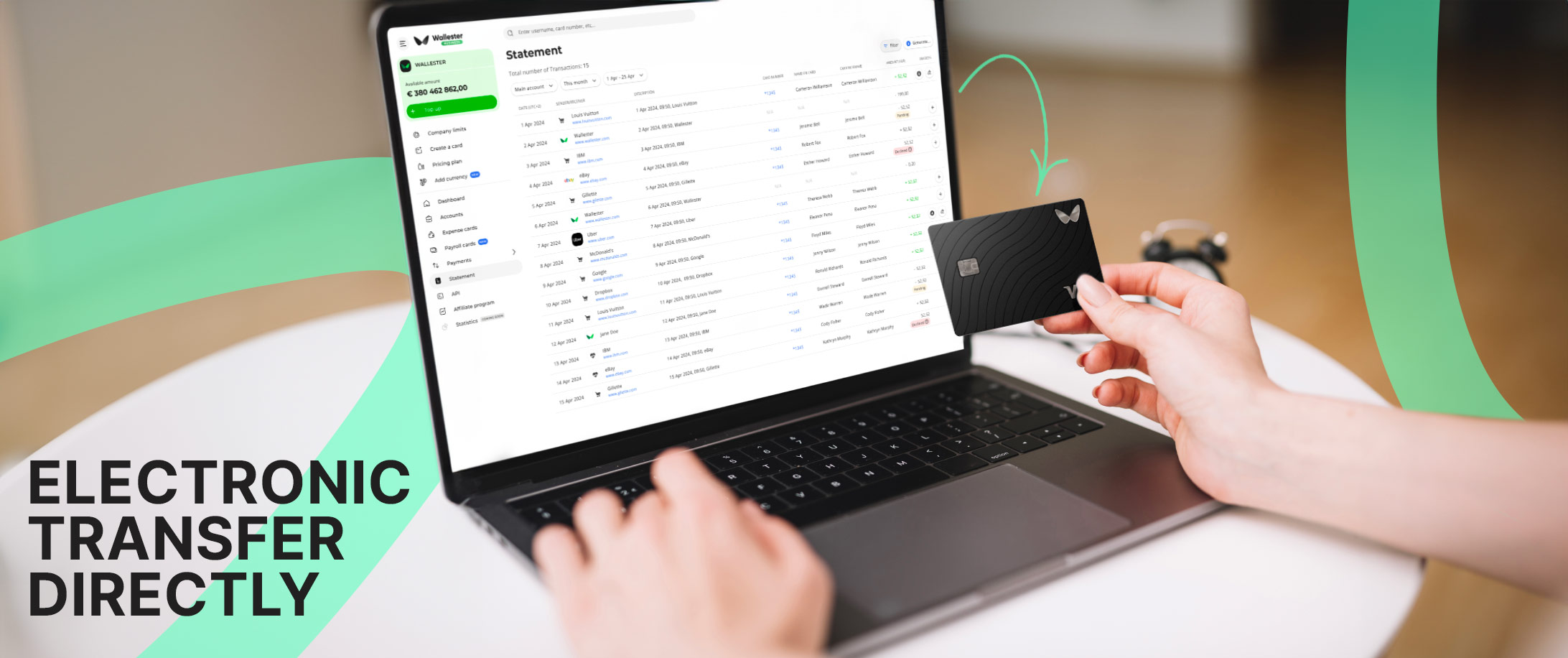Direct credit is a pillar of modern finance, establishing the rules for how cash moves. Noted for its efficiency and security, this method offers a replicable way for businesses and individuals to make payments. Whether you’re disbursing salaries, making supplier payments, or just shifting some cash, direct credit ensures money is safely and rapidly credited to the recipient’s account. This makes direct credit a critical player in the world of financial transactions.
How do direct credits differ from direct debits?
Direct credits and direct debits might be two sides of the same financial transactions coin, but they operate on very different principles. The difference comes down to who starts the transaction and who’s in full control. Direct credit transactions are initiated by the sender (or the payer), so they have the power to pay or, in other words, to push funds into the recipient’s account number. This means that the payment amount and timing, even for variable amounts and dividends, are completely controlled by the sender. Besides, this gives the sender the ability to not just pay once but to manage ongoing transactions with ease.
Direct debit, on the other hand, gives the recipient (or the payee) the authority to pull money from the payer’s account, necessitating the need to double-check the sort code and account number for accuracy. This only happens once the payer has given their prior approval. It’s perfect for regular payments, but not so useful when you need to pay promptly.
Direct credit transactions
The process of direct credit transactions involves several key parties: the payer, the payee, and their respective banks. Funds usually originate with the payer initiating the instruction to their bank to transfer a specified sum to the payee’s account. This instruction is then passed on between banks, with the sum being electronically transferred from the payer’s bank to the payee’s bank, before being paid to the payee’s account. The whole process takes place in a secure and seamless framework, making it ideal for pensions, dividends, refunds, and insurance settlements among other forms of payments.
Direct credit example
The applications of direct credit are very broad and varied. They include everyday uses such as salary payments, or employee expenses, where companies transfer wages directly to their employees’ bank accounts, and the B2B sector, in which it is used to make near-instantaneous settlement of transactions between companies, without the delay or cost of physical cheques or cash.
Direct debit transactions
In contrast, direct debit transactions are used most commonly for regular payments, like monthly subscriptions or utility bills. With direct debit, it is the recipient (e.g. a service provider) that initiates the transaction and requests the funds from the payer’s bank regularly, making sure that timely payments are made without the need for manual intervention every time a payment is due.
The ability to make and manage direct debit payments offers numerous benefits and is an increasingly popular means to make recurring payments.
Direct debit example
An overview of some direct debit examples includes making recurring payments of a fixed amount, regardless if these are for services such as monthly subscription services (such as music streaming platforms and gym memberships) or regular household expenses (such as utility payments). There are several key differences and benefits of a BACS (Bankers’ Automated Clearing Services) direct credit transfer versus direct debit, which is used for those one-off or regular business payments directly into an account, as opposed to as bill payments in direct debit.
The use of direct debit is becoming an increasingly popular method for making recurring payments, as it provides consumers with numerous benefits. Direct debit is an electronic authorisation that enables organisations to take funds from a customer’s bank account. Direct Debit payments are made via the BACS payment service provider.

The key differences between direct debit and BACS direct credit payments
While both direct debit payment and BACS direct credit payment involve electronic fund transfers, there are some key differences to note:
- Payment initiation. With direct debit, the recipient initiates the payment collection, while direct credit transfers are initiated by the payer.
- Payment flow. Direct debits involve pulling funds from the payer’s account, whereas direct credits push funds into the recipient’s account.
- Payment frequency. Direct debits are commonly used for recurring payments, while direct credits can be used for one-time or occasional payments.
- Authorization. Direct debits require prior authorization from the payer, while direct credits do not require explicit authorization from the recipient.
- Clearing system. BACS is the automated clearing house system used in the UK for processing both direct credit and direct debit payments.
Benefits of direct credit transfers
Direct credit transfers offer numerous advantages either for a business owner or for an individual, making them a popular choice for electronic payments:
- Faster processing times and faster payments. Payers usually transfer funds within one to three business days, significantly faster than traditional paper-based methods like cheques.
- Increased security. Electronic transfer directly is more secure than physical cash or cheques, reducing the risk of loss or theft.
- Cost-effective. Direct credit transfers often have lower transaction fees compared to other payment methods, especially for businesses processing a high volume of payments.
- Convenience. Payers can initiate transferring money from their accounts without the need for physical visits or interactions with the recipient, saving time and effort.
- Improved cash flow management. Direct credit transfers allow businesses to better manage their cash flow by controlling the timing of outgoing payments.
- Reduced errors. Electronic funds transfer minimises the potential for human errors associated with manual processing or physical handling of payments.
Bottom Line
Direct credit is an essential tool for anyone making payments or receiving money in commerce; it’s secure, convenient, and flexible, supporting a broad range of payment types and backed by some compelling benefits. With direct credit transfers, businesses can ensure that suppliers and employees are paid promptly, avoiding any delays or issues that could arise from traditional payment methods. Whether it’s for employee expenses, pensions, or insurance settlements, the electronic nature of direct credit offers full control over variable amounts, making it a key part of financial transactions in the UK and beyond.
If you’re looking for modern payment solutions that save time and streamline corporate payment processes, try Wallester Business. Its all-in-one solution helps you control corporate spending, offering seamless payment management, enhanced security, and real-time tracking. Simplify your financial operations and boost efficiency with Wallester Business.


